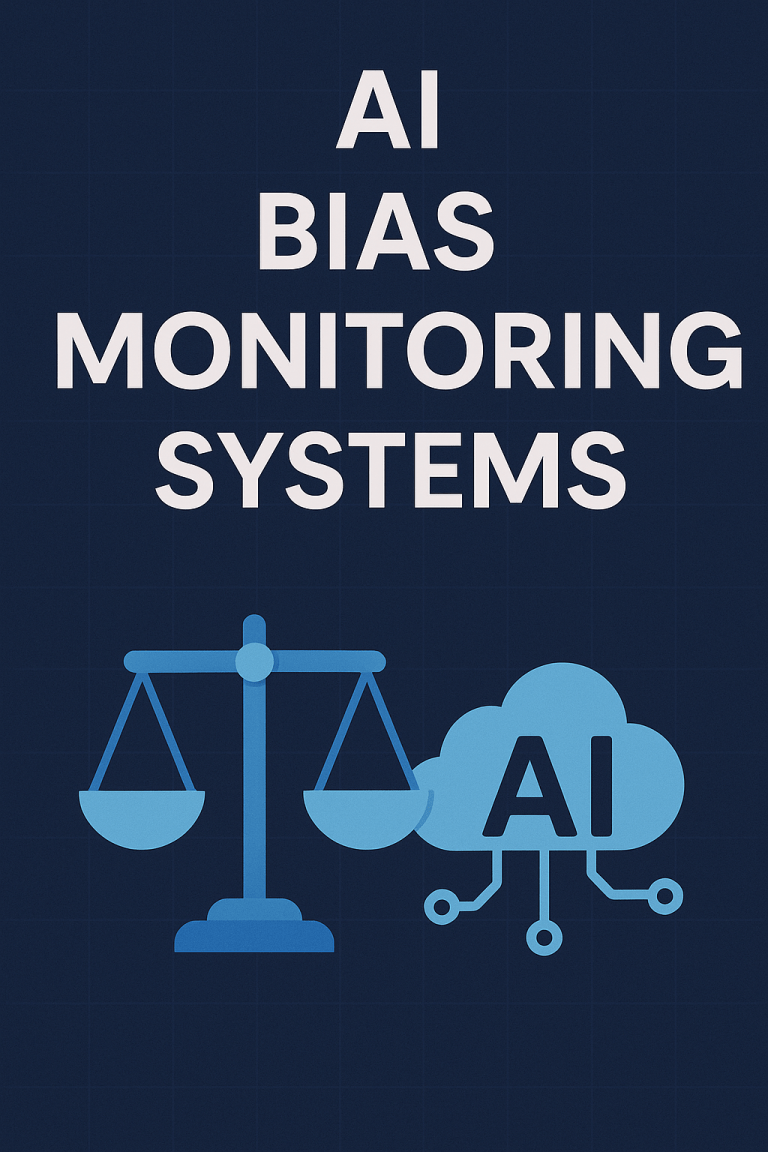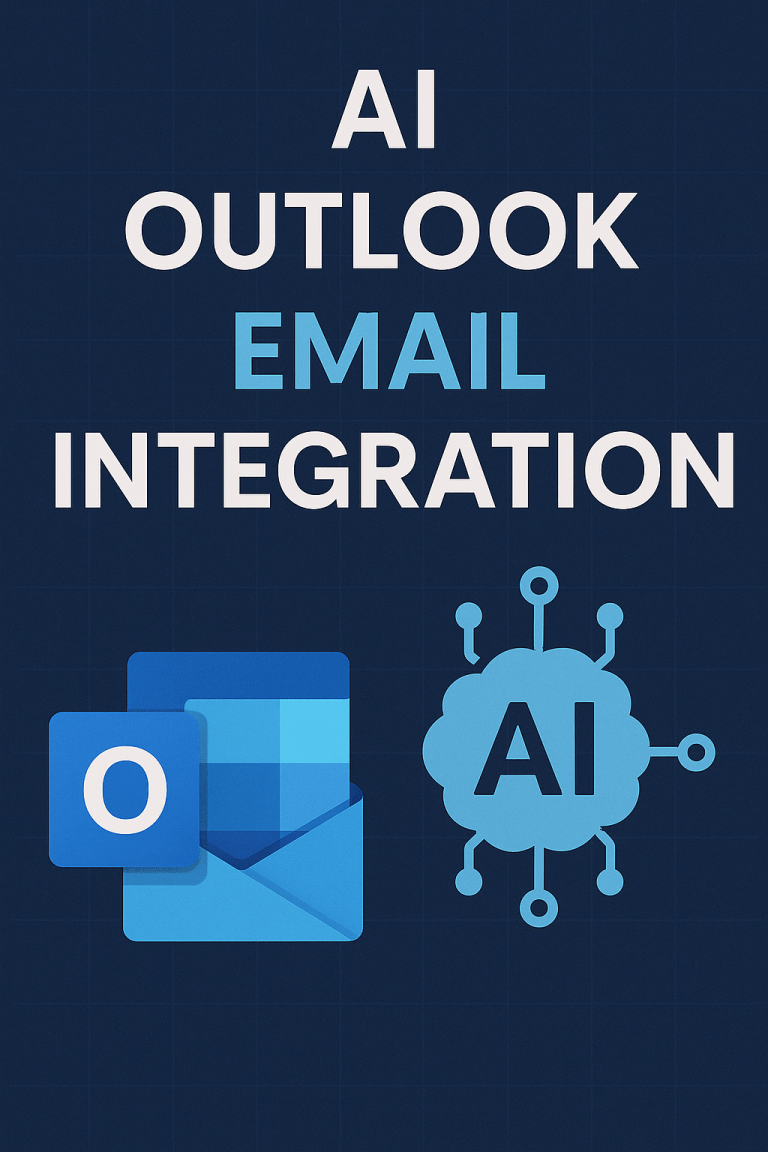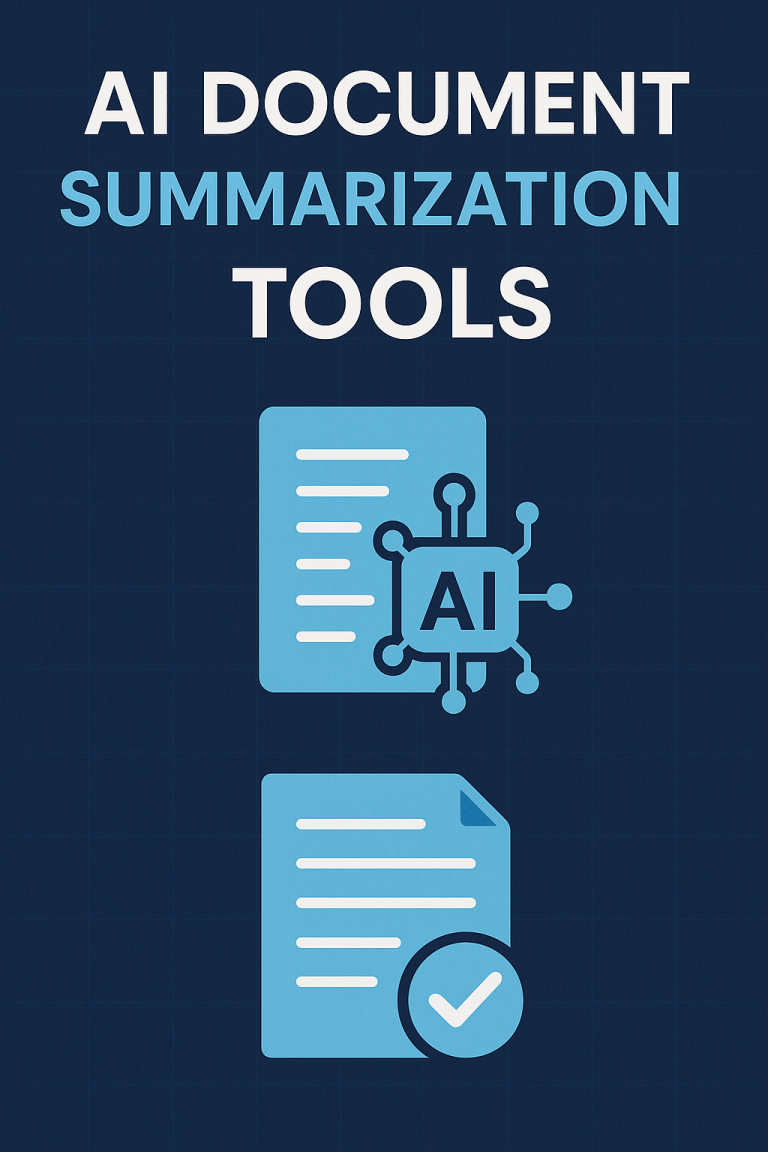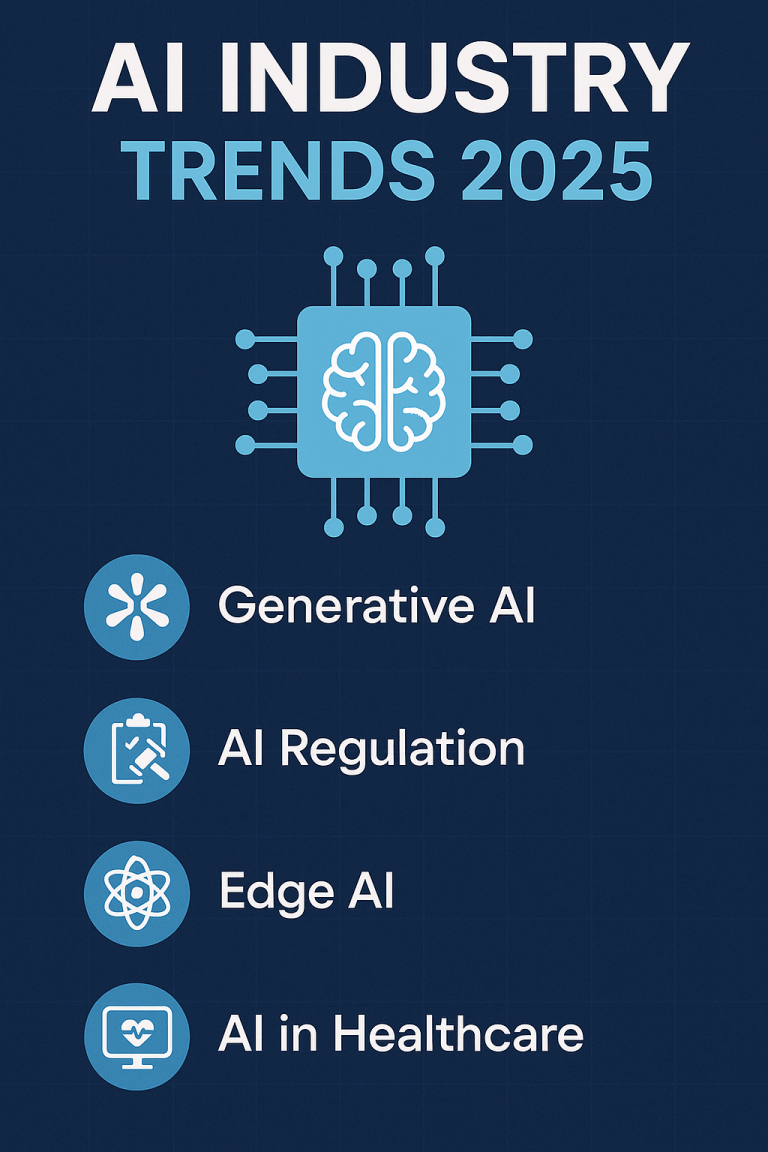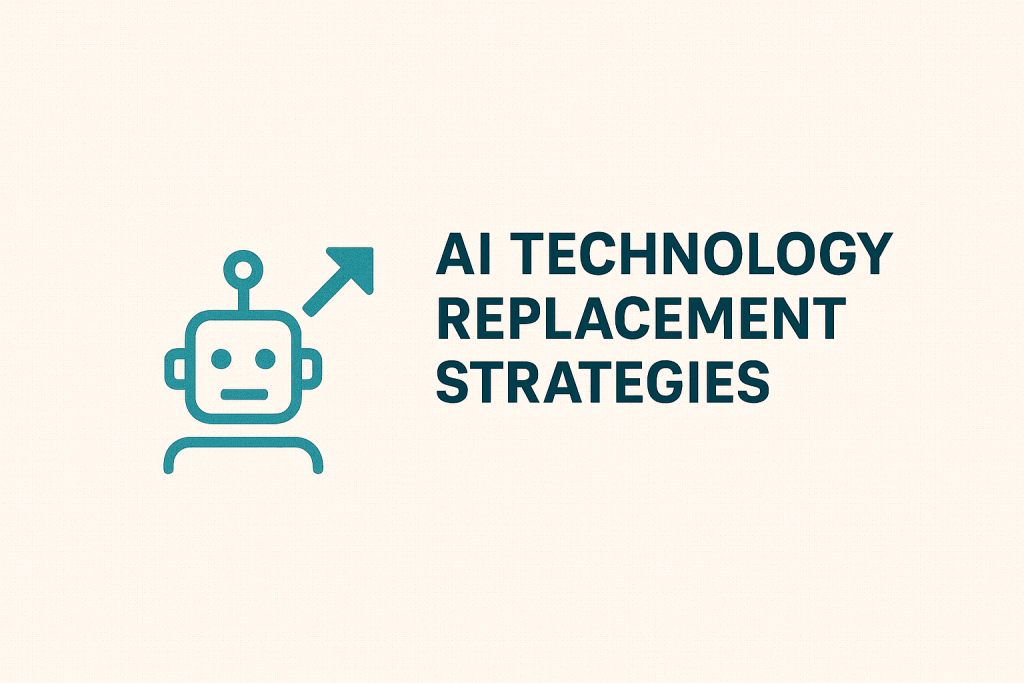
Is your organization wasting money on outdated AI tools while competitors pull ahead?
The AI replacement cycle now averages just 18 months, with 73% of enterprises currently planning to replace at least one major AI system. This guide shows you how to determine when to replace AI technology, how to execute the transition, and how to avoid the costly mistakes that derail most replacement projects.
Signs Your AI Technology Needs Replacement
Data from 500+ AI implementations reveals these key indicators:
- Performance Plateau
- Model accuracy hasn’t improved in 3+ months despite retraining
- Competitors achieve 15%+ better results with newer technologies
- Technical Debt Accumulation
- Engineers spend more time maintaining than improving
- 30%+ of development resources dedicated to “keeping the lights on”
- Scaling Limitations
- System struggles with data volume growth
- Response times exceed acceptable thresholds
- Cost Inefficiency
- Computing costs grow faster than business value
- Newer alternatives offer 40%+ better price-performance ratio
- Integration Friction
- Difficulty connecting with newer systems
- Growing security and compliance gaps
The AI Replacement Decision Framework
Follow this 4-step process to make objective replacement decisions:
Step 1: Quantify Current State

Step 2: Market Analysis
Evaluate alternatives against these criteria:
- Performance benchmarks on comparable datasets
- Total cost of ownership (not just license costs)
- Migration complexity assessment
- Future-proofing potential
Step 3: Risk-Reward Calculation
Calculate the replacement business case:
Net benefit = (Performance gain × Business value) – (Replacement costs + Transition risks)
Where:
- Performance gain = % improvement in key metrics
- Business value = Annual value generated by the system
- Replacement costs = Implementation + training + licensing
- Transition risks = Quantified business impact of potential issues
Step 4: Timing Optimization
Plot these factors on a decision matrix:
- Current system’s remaining useful life
- Organization’s change absorption capacity
- Strategic technology roadmap alignment
- Market timing (vendor incentives, pricing cycles)
Three Proven Replacement Strategies
1. The Parallel Run Approach
What it is: Operate both old and new systems simultaneously during transition.
Best for: Mission-critical AI systems where failure risk is unacceptable.

Implementation timeline: 3-6 months
Case example: A financial services firm implemented a parallel run when replacing their fraud detection AI. They ran both systems for 90 days, gradually shifting transaction volume to the new system as confidence grew. Result: Zero detection gaps and 42% improvement in fraud identification.
2. The Phased Replacement Approach
What it is: Replace one component or use case at a time.
Best for: Complex, multi-faceted AI systems with distinct functional areas.

Implementation timeline: 6-12 months
Case example: A healthcare provider replaced their patient risk scoring AI in phases, starting with the least critical patient segments and progressing to higher-risk categories. The approach allowed for careful validation at each stage, resulting in 23% better risk prediction with minimal clinical workflow disruption.
3. The Clean Break Approach
What it is: Complete cutover on a specific date.
Best for: Standalone AI applications with limited integration points.

Implementation timeline: 1-3 months
Case example: An e-commerce company replaced their product recommendation engine over a weekend, after extensive offline testing with production data. The clean break approach delivered a 31% recommendation relevance improvement without the complexity of maintaining multiple systems.
The 7 Most Common AI Replacement Mistakes
- Underestimating data migration complexity
- Solution: Conduct data compatibility assessment before vendor selection
- Focusing on features over performance
- Solution: Require proof-of-concept using your actual data
- Neglecting user retraining
- Solution: Allocate 15-20% of project budget for change management
- Inadequate performance baselining
- Solution: Document detailed performance metrics for 30+ days pre-replacement
- Insufficient testing environments
- Solution: Create a staging environment that mirrors production load
- Poor timing with business cycles
- Solution: Schedule replacements during natural business lulls
- Forgetting knowledge transfer
- Solution: Require vendor-to-team handoff documentation and training
Case Study: Manufacturing AI Replacement Success
A mid-sized manufacturer needed to replace an aging predictive maintenance AI system:
Starting point:
- 5-year-old custom ML system
- 68% accuracy in predicting equipment failures
- $240,000 annual maintenance cost
- Limited to 12 equipment types
Replacement approach:
- Selected phased replacement strategy
- Developed comprehensive test dataset from historical failures
- Required vendor to demonstrate 85%+ accuracy on test data
- Replaced equipment types in order of business criticality
Results:
- 91% prediction accuracy (34% improvement)
- $380,000 annual maintenance savings
- Coverage expanded to 37 equipment types
- ROI achieved in 7.5 months
- Zero unplanned downtime during transition
Key success factor: They prioritized operational continuity over implementation speed, extending the timeline to ensure thorough validation at each phase.
Building Your AI Replacement Roadmap
Phase 1: Assessment (4-6 Weeks)
- Document current performance baselines
- Calculate true cost of ownership
- Identify performance gaps and business impact
- Determine replacement urgency score
Phase 2: Selection (6-8 Weeks)
- Develop detailed requirements specification
- Create test datasets for vendor validation
- Evaluate vendors against weighted criteria
- Select replacement technology and implementation partner
Phase 3: Planning (4-6 Weeks)
- Choose appropriate replacement strategy
- Develop detailed migration plan with risk mitigation
- Create comprehensive testing protocols
- Establish go/no-go criteria for each phase
Phase 4: Execution (Varies by Strategy)
- Execute according to chosen strategy
- Track performance metrics continuously
- Adjust approach based on real-time feedback
- Document learnings for future replacements
The Bottom Line: Strategic vs. Reactive Replacement
Organizations taking a strategic approach to AI replacement see dramatically better outcomes:
- 63% lower implementation costs
- 47% faster time to value
- 82% higher user adoption rates
- 3.4× better ROI over 24 months
The key difference? Strategic replacements are planned based on a clear-eyed assessment of technology lifecycles rather than forced by crisis or failure.
Smart organizations maintain an AI technology roadmap with planned evaluation cycles, ensuring replacement decisions happen proactively rather than reactively. This approach maximizes the value of both current and future AI investments.
Unlock your AI Edge — Free Content Creation Checklist
Get the exact AI-powered process to 10X your content output — blogs, emails, videos, and more — in half the time.
No fluff. No spam. Just real results with AI.

